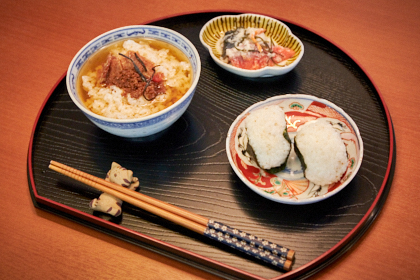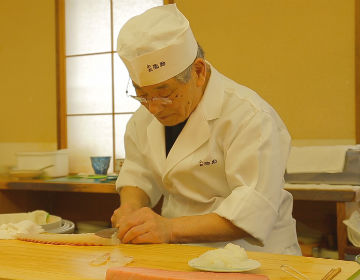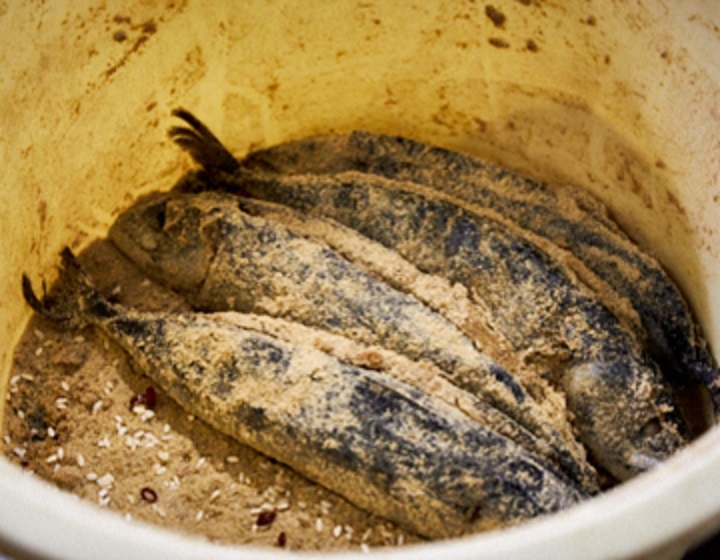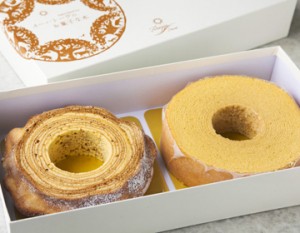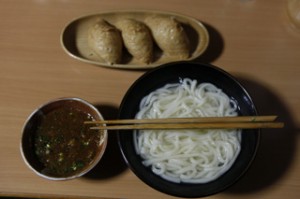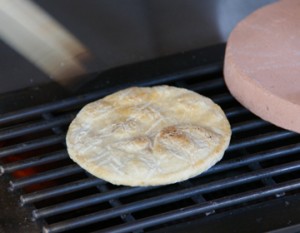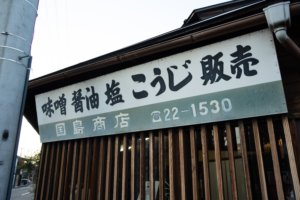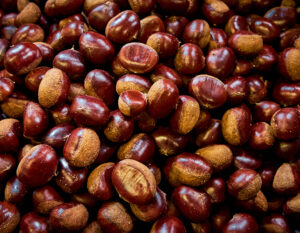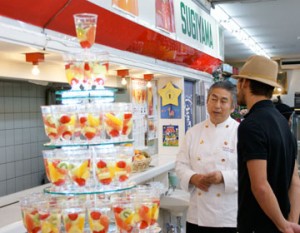Fermented “pickled puffer fish roe in bran,” which is no longer poisonous when fermented
“I’ve eaten puffer fish, and life is spared.” Pufferfish is certainly delicious. However, only licensed professionals are allowed to eat fugu because of the deadly poison hidden in its body. Arayo, a food processing company in Hakusan City, was founded some 180 years ago in 1830, and its seventh president, Toshiaki Araki, continues to produce the “forbidden taste” of “pickled puffer fish eggs” using a traditional method.
In this area, people have been secretly eating pickles since the Edo period (1603-1867),” he says. Originally, we used to grate the fish into three pieces and marinate the meat in nuka-zuke, but the albacore became more popular as it tasted better, and that became the main ingredient. Milt is pickled in salt for one year and then in tsukemono for two years to detoxify and ferment before being eaten. Currently, this process is recognized and only Ishikawa Prefecture is permitted to manufacture and sell this product.”
When we visited the factory located near the Sea of Japan, we were filled with the strong smell of fish. But there was a hint of “umami” in the smell. This is the line between “stinky” and “tasty”. The fish becomes tasty when it is fermented.“ I understand that fermentation makes the fish tastier, but why does it lose its toxicity?” (Nakata).
“Actually, we haven’t figured that out yet. But if you look into it, you will find that the poison becomes less than 1/10 in the first year, and almost no poison remains in the following two years. There is a theory that lactic acid bacteria break down the poisonous tetrodotoxin, but the details are not known.”(Mr. Araki, President)
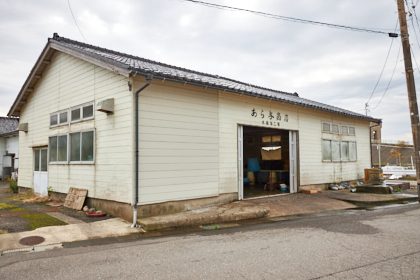
I want you to know the taste of fugu.
They handle small sesame fugu (blowfish). In Ishikawa, May is the sesquicentennial sesquicentennial sesquicentennial sesquicentennial sesquicentennial sesquicentennial is the best time to make nukazuke. The bran is made using natural ingredients and traditional methods, and rice malt and “ishiru” made from sardines are added to make a more flavorful pickling bed. When you visit the warehouse, you will see rows of old-fashioned wooden barrels weighted down with large stones. The warehouse is wooden, hot in summer and cold in winter. Fermentation proceeds slowly in Ishikawa’s natural environment.
In addition to offering factory tours and a fugu-no-ko kasuzuke experience, Arayo is also making efforts to make fermented foods more accessible by offering ochazuke, rice balls, and parfaits at the café attached to the main store.
The best tasting nukazuke with puffer fish roe is ochazuke with Kaga-bocha tea, but it is not only good with rice. But it also goes well with oil, butter, garlic, and other ingredients as well as rice. At first, people are a bit hesitant to eat it, wondering, “Is it really poisonous? But they are surprised at how tasty it is.
Ishikawa has an abundance of seafood, and sushi is delicious wherever you eat it. However, the painstakingly made “pickled puffer fish roe in rice bran” is not to be missed. It keeps well for a long time, so it is highly recommended as a souvenir.

